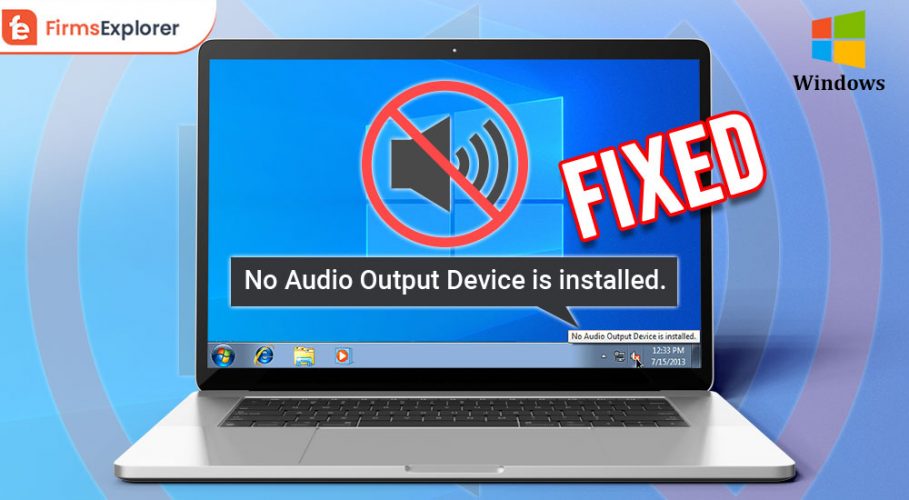For homeowners, basement flooding can be a nightmare. Unfortunately, it’s a problem that many homeowners face. But, there is a solution that can help protect your home from damaging water intrusion–a sump pump. A sump pump system is an affordable and effective way to prevent water damage to your home’s foundation, floors, and personal belongings.

Here is a breakdown of what to expect when installing a sump pump system in your basement or crawl space.
1. Assessment:
The first step in sump pump installation is to have a professional contractor assess your basement or crawl space. They will examine the extent of water damage and identify problem areas. They will also look at the topography of your property to determine the best location for the sump pump system.
2. Choosing the Right Sump Pump:
There are a variety of sump pumps on the market, so it’s essential to pick the right one for your needs. A contractor can help you decide which sump pump is best for your property. Key factors to consider include the amount of water that enters your basement or crawl space, the size of your home, and the type of foundation you have.
3. Excavation:
Once the right sump pump has been chosen, the contractor will start excavating the area where the sump pump will be installed. This will involve digging a hole in the lowest point of the basement or crawl space floor.
4. Installation of Drainage System:
Next, the contractor will install a drainage system around the perimeter of the foundation walls, which is designed to direct groundwater toward the sump pump.
5. Installation of Sump Pump:
The next step is to install the sump pump itself. This includes placing the sump pump in the excavation hole and connecting it to the drainage system. Once everything is hooked up, the pump will be tested to ensure that it is running correctly.
6. Backfilling:
Finally, the excavation hole will be backfilled with gravel, and the area around the sump pump will be resealed.
7. Maintenance:
After the sump pump installation is complete, homeowners should regularly perform maintenance to keep the system functioning at peak performance. This includes testing the system periodically and replacing the sump pump battery regularly to ensure that it has the power to function during a power outage.
In conclusion, a sump pump system can help protect your basement or crawl space from flooding and water damage. By investing in a sump pump installation, homeowners can help prevent costly repairs and ensure that their homes stay safe and dry. If you’re concerned about moisture in your basement or crawl space, contact a professional contractor to schedule a sump pump system installation today.